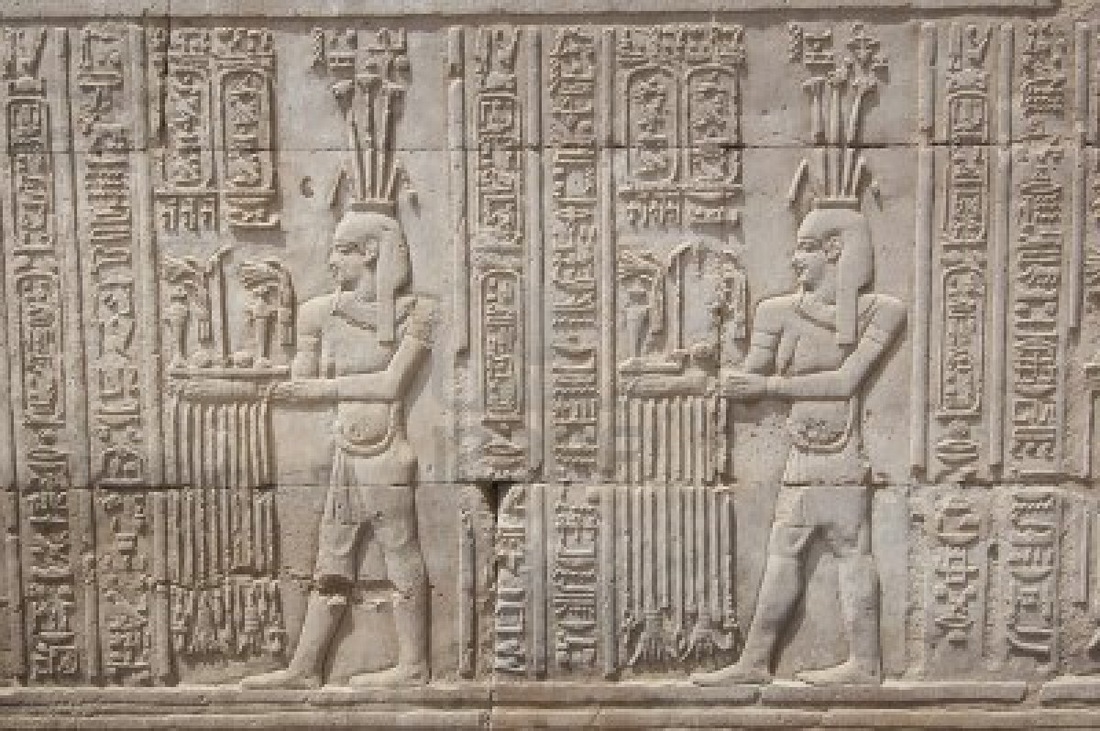

By the time Egypt became a prominent Christian state in the 4th Century AD, hieroglyphs had no requisite in the region, though the Egyptian language continued to be used, but in this time round, it was written in an alphabetic script that was termed as Coptic. Observers also note that only a small percentage of the Egyptian population especially priests, the royalty, and civil officials used hieroglyphs because they were challenging to learn alongside consuming much time. Apparently, the hieroglyphs remained highly ubiquitous in the 1,700-year period, a time when the Egyptians spoke and wrote the Old Egyptian as well as Middle Egyptian age (Guisepi, par. However, several hieroglyphic signs were not pronounced at all, yet they played significant roles in clarifying meanings, for instance, a boat that follows the sign dpt -standing for the word boat.Īccording to archaeologists, the Egyptian hieroglyphs have been assumed to be the oldest form of writing, with the earliest evidence believed to be from around 3300 BC, and the Egyptians are believed to have used them for the next 3,500 years. According to Egyptologists, these sounds are made pronounceable by placing an e in between the consonants such that mn will be read as men. Scholars also note that these sounds did not take an alphabetic order because a single sound had the potential of representing a combination of two or even more consonants, for example, the gaming-board hieroglyph that represented the consonants mn (The British Museum 4). Moreover, some of these signs represented ancient Egyptian language sounds, although they represented consonants only vowels were not written out. Hieroglyphs were selected from a variety of observed images such as people, buildings, birds and even trees. Arguably, the number of hieroglyphic signs that were used in Egypt gradually grew to more than seven thousand, even though not all of these signs were regularly used. In this sense, the word hieroglyphs has been derived from a phrase that refers to sacred carvings which was used by the ancient Greek explorers to Egypt in describing the symbols which they saw on temple and tombs walls. According to several scholars and historians, the Egyptians termed their writing as a divine word since they believed that Thoth, who was the god of wisdom, was responsible for their knowledge of writing (The British Museum 3). Remarkably, the ancient Egyptians have been noted to have applied writing as a form of communicating information about an individual shown on a relief or sculpture.


 0 kommentar(er)
0 kommentar(er)
